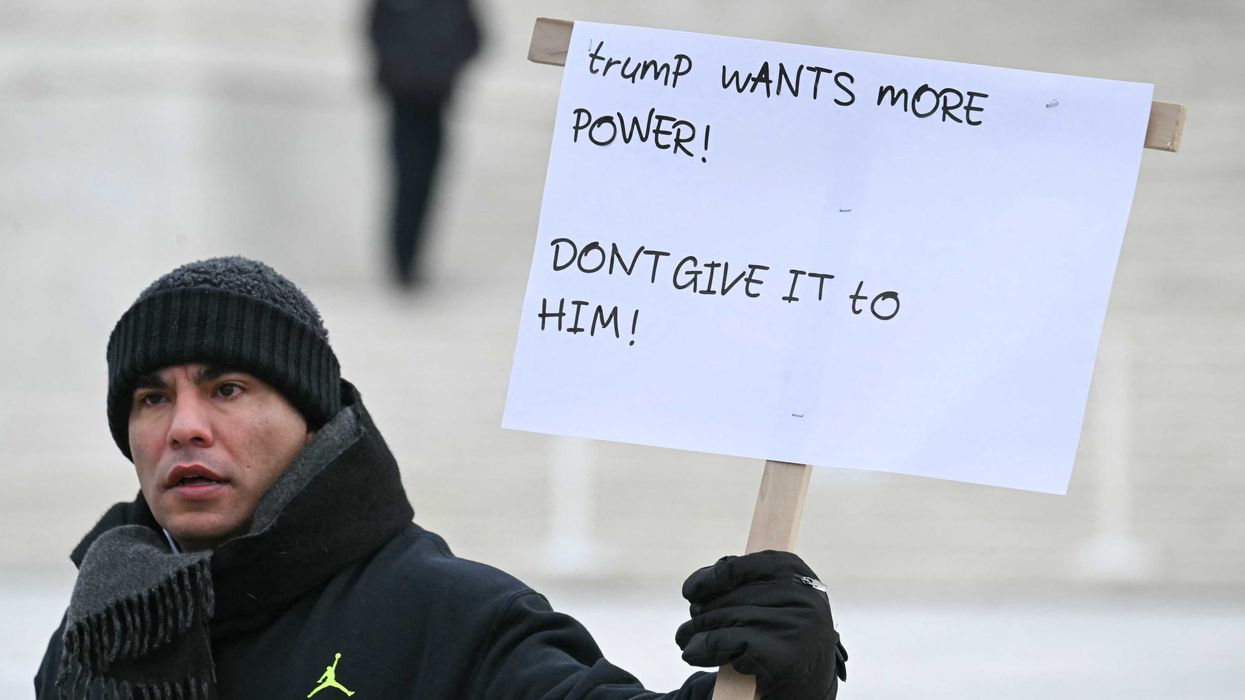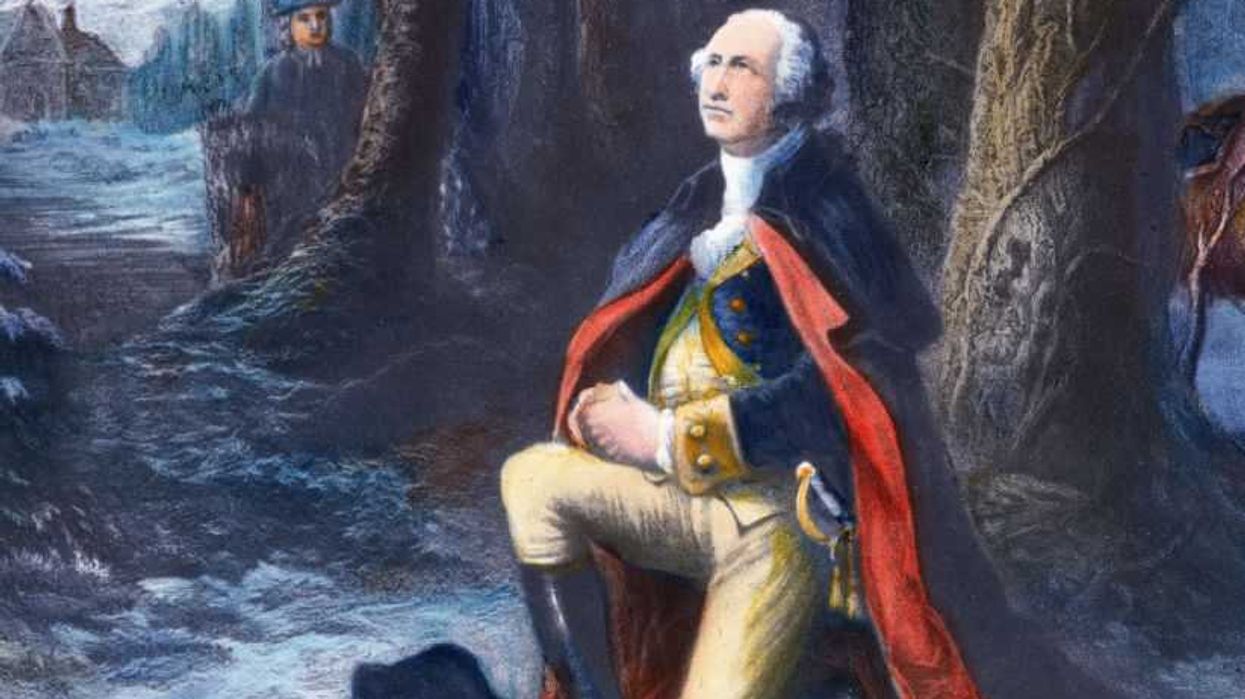The National D-Day Memorial is tucked away in the foothills of the Blue Ridge Mountains in the small town of Bedford, Virginia. It’s located there because, as a proportion of its population of 3,200 during World War II, no community in the U.S. sacrificed more men on June 6, 1944, than Bedford.
The Bedford Boys remind me of the humanity of D-Day and the reality of what was lost for the sake of freedom.
There were 34 men in Company A from Bedford. Among those, 23 died in the first wave of attacks at Omaha Beach on D-Day. Six weeks after D-Day, the young telegraph operator at Green’s Pharmacy in downtown Bedford was overwhelmed when news of many of the first deaths clattered across the Western Union line on the same day. Name after name of men from families that she knew well. There were so many telegrams at once that she had to enlist the help of customers in the pharmacy’s soda shop to help deliver them all.
Among those killed in action were brothers Bedford and Raymond Hoback. Bedford was the rambunctious older brother with a fiancée back home that he couldn’t wait to return to. Raymond was the quieter, more disciplined younger brother who could often be found reading his Bible. He fell in love with a British woman during his two years in England training for D-Day. Like in that harrowing opening sequence of Saving Private Ryan, Bedford and Raymond barely made it down the ramp of their Higgins Boat in the swarm of bullets and hot steel before they were cut down in the wet sand.
No community in the U.S. sacrificed more men on June 6, 1944, than Bedford.
Bedford and Raymond Hoback’s mother, Macie, learned of both their deaths from two separate telegrams, the first on a Sunday morning, the second the following day. Their younger sister, Lucille, remembered her mother’s devastation, and her father walking out to the barn to cry alone.
There were also Ray Stevens and his twin brother, Roy. They were on separate boats that morning and had plans to meet up once their units made it off the beach. Roy’s boat never made it to shore. It was struck by an artillery shell, dumping Roy into the English Channel. He was later picked up by a rescue ship and fought for several weeks in northern France until shrapnel from a land mine ravaged his shoulder, neck, and jaw, ending the war for him. He carried scars from those wounds for the rest of his life, but his greatest loss was his brother, Ray. Like the Hoback brothers, Ray never made it off Omaha Beach that day.
The day after D-Day, the killing field of Omaha Beach was already transforming into the massive supply port that would help fuel the American drive all the way to Berlin over the next year. A soldier from West Virginia was walking along the beach when he saw something jutting out of the sand. He reached down and pulled it out. He was surprised to find it was a Bible. The inside cover was inscribed with: “Raymond S. Hoback, from mother, Christmas, 1938.” The soldier wrote a letter and mailed it with the Bible to Raymond’s mother. That Bible, which likely tumbled from Raymond’s pack when he fell on D-Day, became Macie Hoback’s most cherished possession – the only personal belonging of her son that was ever returned.
Of the 23 men from Bedford who died on Omaha Beach, eleven were laid to rest in the American cemetery in Normandy.
In 2001, as a young graduate student in Virginia, my thesis project allowed me the opportunity to visit the town of Bedford where I got to spend an afternoon interviewing Lucile Boggess, the youngest sister of Bedford and Raymond Hoback. She showed me Raymond’s Bible that was found on Omaha Beach and mailed to her mother. She gave me a photocopy of the handwritten letter by Corporal H.W. Crayton that accompanied the Bible. She also urged me to drive up to the brand-new National D-Day Memorial site and walk around. The Memorial was still three months from its official opening, but she said if anyone tried to stop me to tell them she’d given me permission (Ms. Boggess was on the memorial’s board). I took her up on her offer. The memorial was largely complete, and it was a moving experience to walk through the statue tableaus at dusk in total silence.
I spent the following morning interviewing Roy Stevens, the twin brother who survived D-Day, at his home in Bedford. He and his wife Helen, who were married in 1946, were such warm, hospitable hosts. After we’d talked for over two hours, Roy and Helen invited me to go to lunch with them at The Bedford Café. This gracious D-Day veteran, who was missing his left hand from a work accident sustained after the war, refused to let me pay for my own meal.
After lunch, I had another interview scheduled at a home outside Bedford. Roy and Helen drove the winding roads and let me follow them in my car. They wanted to make sure I didn’t get lost in those pre-Google map days. It was yet another kind gesture that I’ll always remember. The country home they took me to belonged to Bertie Woodford, the younger sister of Company A’s captain, Taylor Fellers. Fellers was also killed in the first wave attack on Omaha Beach. Ms. Woodford regaled me with tales of Fellers and her family and took me through an amazing scrapbook of photos and mementos from her brother’s Army service. She also gave me a copy of a letter from Captain Fellers that he wrote to his mother from his training base in England over a year before D-Day.
Meeting Roy Stevens, hearing his firsthand account, and learning about the Bedford Boys personalized June 6, 1944 in a way no book or movie ever could. It’s easy to get lost in the fascinating scope of that momentous day. The Bedford Boys remind me of the humanity of D-Day and the reality of what was lost for the sake of freedom.
These men, many of them barely out of their teens, had hopes and dreams just like we have. During their homesick moments in England, the Stevens twins often talked about the farm they planned to own together. Many of the Bedford Boys signed up for adventure or because of peer pressure, and yes, a sense of honor and duty. Many of them first signed up for the National Guard just to make a few extra bucks per month, get to hang out with their buddies and enjoy target practice. But someone had to be first at Omaha Beach, and that responsibility fell to the men from Bedford. They didn’t shirk that responsibility, and for that, on this 80th anniversary of D-Day, we salute them.
Below, you can read the transcriptions of the aforementioned letters.
Letter from Corporal H.W. Crayton to Mr. and Mrs. Hoback—parents of Bedford and Raymond Hoback, who were both killed in action on June 6, 1944.
July 9, 1944
Somewhere in France
Dear Mr. & Mrs. Hoback:
I really don’t know how to start this letter to you folks, but will attempt to do something in words of writing. I will try to explain in the letter what this is all about.
While walking along the Beach D-day Plus 1 I came upon this Bible and as most any person would do I picked it up from the sand to keep it from being destroyed. I knew that most all Bibles have names & addresses within the cover so I made it my business to thumb through the pages until I came upon the name above. Knowing that you no doubt would want the Book returned I am sending it knowing that most Bibles are a book to be cherished. I would have sent it sooner but have been quite busy and thought it best if a short period of time elapsed before returning it.
You have by now received a letter from your son saying he is well. I sincerely hope so.
I imagine what has happened is that your son dropped the Book without any notice. Most everybody who landed on the Beach D-Day lost something. I for one as others did lost most of my personal belongings, so you see how easy it was to have dropped the book and not know about it.
Everything was in such a turmoil that we didn’t have a chance until a day or so later to try and locate our belongings.
Since I have arrived here in France I have had occasion to see a little of the country and find it quite like parts of the U.S.A. It is a very beautiful country, more so in peace time. War does change everything as it has this country. One would hardly think there was a war going on today. Everything is peaceful & quiet. The birds have begun their daily practice, all the flowers and trees are in bloom, especially the poppies & tulips which are very beautiful at this time of the year.
Time goes by so quickly as it has today. I must close hoping to hear that you receive the Bible in good shape.
Yours very truly,
Cpl. H.W. Crayton
Letter from Company A Captain Taylor Fellers to his mother:
March 27, 1943
Somewhere in England
Dear Mother,
Sure hope this finds all at home well and happy. I got a letter from you today also one from Janie mailed March 13th. Very good service don’t you think? Nothing helps a soldier’s morale like mail from home and his friends back there. I see in our paper here that quite a load of mail went down in one of our ships. But we can expect some of those things.
Your letter today made me a bit homesick when you spoke of things beginning to look like spring over there. Bet you have a pretty garden of flowers getting ready to bloom. Not much signs of any change here at the moment. We don have a nice day occasionally. But us yanks can’t figure the weather here like we could at home. I remember back there when Dad used to go out in the yard and take a look at the mountains, and if he saw any snow flurries on the Peaks he would come in and pull his chair closer to the fire. Here the people don’t seem to mind the weather at all.
I wrote you about buying me a Scottish kilt. Well it’s all right. A plaid of a lot of history attached to it called the “Royal Stewart.” I bought it in Scotland and it was made by a Scotsman. One of my boys parents live up there so he located it for me. I will send it home and maybe when I get back will get in it and go up town.
The boys in the company are doing well. Most of the Bedford boys I have left are my key non-coms. I am beginning to think it is hard to beat a Bedford boy for a soldier. Out of less than a hundred we left there with I would say about a dozen have made officers and several more will be soon. They are good practical officers too with a year or more of regular non-commission service behind them. I am truly proud to be commanding my old hometown outfit and just hope I can carry them right on through and bring all of them home. The replacements we have got from time to time have been northerners. Mostly New Englanders but I think most of them have developed a southern drawl by now. I still find the battle of Bull Run and Gettysburg going on in quarters when I got in for bed check at night. They sit around and smoke their pipes and fight it all over again. Among them are Diplomats, Statesmen, politicians, and guard house lawyers. It is really interesting just to listen. And when one of them get back from pass and starts telling about a girl he met, from his description you would wonder how Hedy Lamar and Lana Turner ever got so popular.
The outgoing mail has to be censored by one of the company officers, so once in a while it falls my lot to help with it and I could write a book on it. Those boys really have a technique on some of their phraseology to the girls they left back there. And form the local mail it seems that the same tactics work with the local lassies too.
I know you people back there are making a lot of sacrifices in the war effort. I sure admire the spirit and morale of the people here. They are really all out to give Hitler a swift kick in the pants.
I have been quite a number of places in England and some in Wales and Scotland. It is really an interesting place – far more so than most of us “yanks” back home ever realized. The old customs and traditions that are still practiced in some places are spectacular. One of the most interesting I have seen was the English high court opening. I had the pleasure of seeing one of them. It is the same old custom of opening court that has been practiced for centuries. Well I will have to tell you all about it when I get home.
We are all O.K. so don’t worry about us. Plenty of hard training, but plenty of food and a little time off to relax.
Give my best regards to all the fellows around town.
My love to all at home. “Cheerio.”
Taylor

 JIM WATSON / Contributor | Getty Images
JIM WATSON / Contributor | Getty Images
 Joe Raedle / Staff | Getty Images
Joe Raedle / Staff | Getty Images AASHISH KIPHAYET / Contributor | Getty Images
AASHISH KIPHAYET / Contributor | Getty Images Harold M. Lambert / Contributor | Getty Images
Harold M. Lambert / Contributor | Getty Images